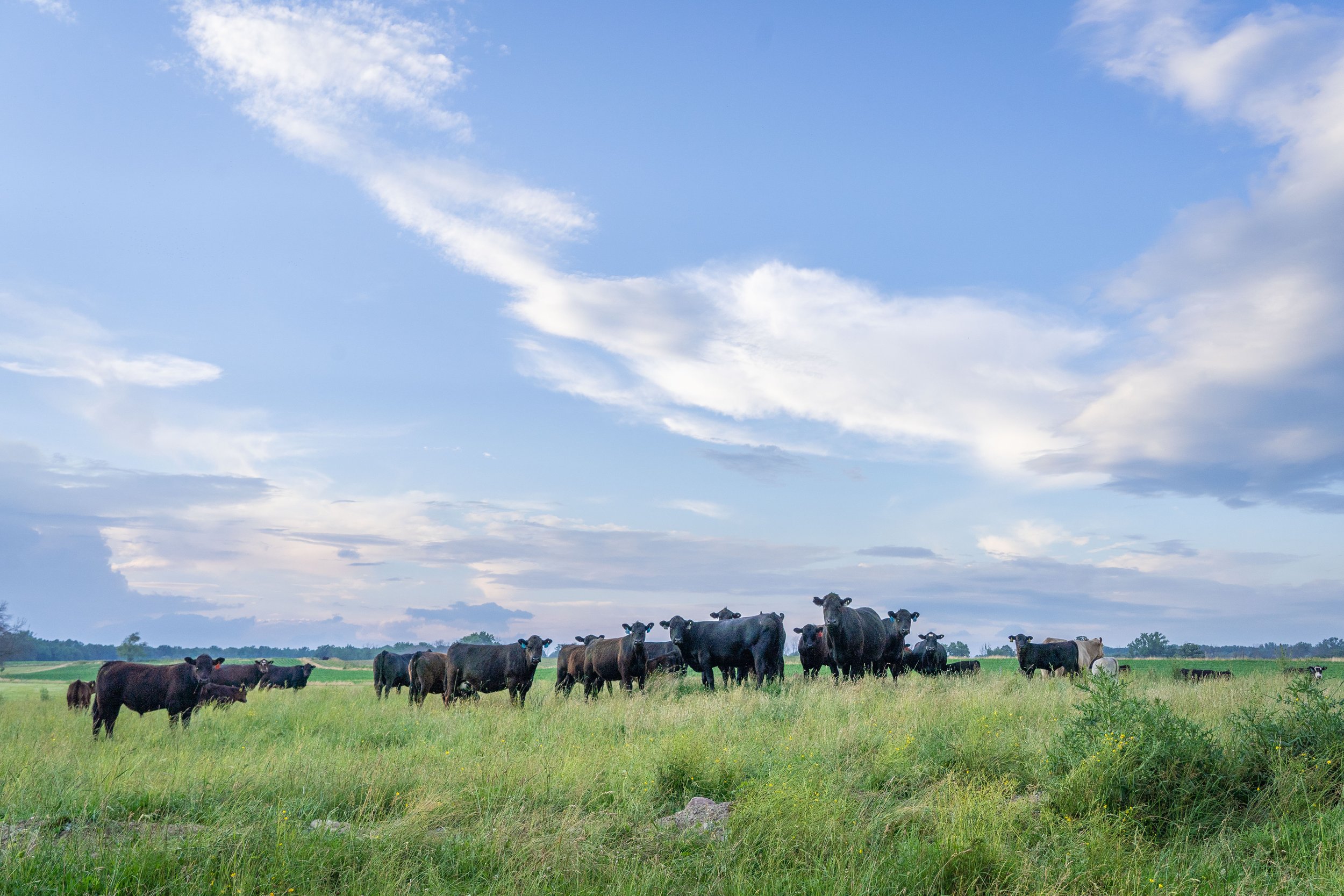Bagley Risk Management Solutions: Your Shield Versus Uncertainty
Bagley Risk Management Solutions: Your Shield Versus Uncertainty
Blog Article
Trick Aspects to Think About When Picking Animals Danger Defense (LRP) Insurance Coverage
When assessing choices for Animals Danger Security (LRP) insurance policy, numerous essential elements necessitate cautious factor to consider to guarantee reliable risk administration in the agricultural sector. Selecting the right coverage choices tailored to your certain animals operation is vital, as is recognizing exactly how exceptional expenses associate with the degree of defense supplied.
Coverage Options
When thinking about Livestock Threat Protection (LRP) insurance, it is necessary to recognize the numerous insurance coverage alternatives readily available to reduce threats in the agricultural field. Animals Risk Security (LRP) insurance provides different insurance coverage alternatives customized to meet the varied needs of animals producers.
An additional important protection alternative is the recommendation duration, which identifies the length of time the coverage is in effect. Producers can select the endorsement duration that finest matches their production cycle and market problems. Furthermore, protection degrees and rates vary based upon the kind of livestock being guaranteed, giving producers the adaptability to tailor their insurance policy intends according to their certain demands.
Recognizing the different coverage options readily available under Livestock Danger Defense (LRP) insurance coverage is crucial for producers to make enlightened decisions that successfully protect their livestock operations from market unpredictabilities.
Costs Costs

Animals Danger Security (LRP) insurance gives necessary protection alternatives customized to alleviate risks in the farming field, with a substantial facet to consider being the estimation and structure of premium prices. These consist of the kind and number of livestock being insured, the protection level picked, the current market rates, historical cost data, and the size of the insurance coverage duration.
Insurance companies analyze historical information on animals prices and production expenses to figure out an appropriate premium that shows the degree of threat involved. It is necessary for animals producers to carefully assess premium expenses and insurance coverage options to ensure they are appropriately protected against prospective financial losses due to adverse market conditions or unforeseen occasions.
Qualified Animals
The determination of qualified animals for Livestock Risk Defense (LRP) insurance protection entails cautious consideration of specific standards and features. Livestock types that are typically qualified for LRP insurance policy include feeder cattle, fed cattle, lambs, and swine.
Feeder cattle, for instance, are typically qualified for LRP coverage if they drop within specified weight varieties. Lambs are an additional category of livestock that can be thought about for LRP insurance, with aspects such as weight and age playing a crucial function in identifying their qualification.
Before picking LRP insurance coverage for animals, producers ought to meticulously review the eligibility standards outlined by the insurance coverage supplier to ensure their pets fulfill the necessary demands for protection.
Plan Adaptability
Policy adaptability in Livestock Risk Defense (LRP) insurance coverage allows manufacturers to tailor insurance coverage to fit their specific demands and risk monitoring techniques. This flexibility encourages livestock manufacturers to customize their insurance policy policies based on aspects such as the type of livestock they possess, market conditions, and specific risk resistance levels. By providing personalized choices, LRP insurance policy enables manufacturers to successfully manage their danger direct exposure while securing their livestock procedures versus unexpected market volatility.
Cases Process
Upon experiencing a loss or damages, producers can initiate the claims procedure for their Livestock Danger Security (LRP) insurance policy by quickly contacting their insurance policy copyright. It is essential for manufacturers to report the loss as soon as possible to expedite the insurance claims procedure. When connecting to the insurance company, manufacturers click for more info will certainly require to provide comprehensive information regarding the case, including the date, nature of the loss, and any appropriate paperwork such as vet documents or market rates.

After the analysis is complete, the insurance policy service provider will certainly make a decision concerning the case and connect the result to the producer. The manufacturer will certainly receive payment according to the terms of their Animals Risk Protection (LRP) insurance coverage plan if the claim is authorized. It is essential for producers to be aware of the cases procedure to guarantee a smooth experience in case of a loss

Final Thought
Finally, when choosing Animals Danger Security (LRP) insurance coverage, it is necessary to take into consideration insurance coverage choices, premium expenses, eligible livestock, policy flexibility, and the claims procedure. These vital variables will certainly assist guarantee that farmers and breeders are sufficiently safeguarded against possible dangers and losses connected with their livestock procedures. Making an educated decision based on these factors to consider can eventually result in better economic protection and comfort for livestock producers.
Animals Danger Protection (LRP) insurance policy uses different insurance coverage choices tailored to fulfill the diverse needs of animals producers.The resolution of eligible animals for Animals Risk Defense (LRP) insurance protection includes mindful consideration of specific standards and features.Policy versatility in Animals Risk Security (LRP) insurance coverage permits producers to tailor protection to fit their details needs and run the risk of monitoring strategies.Upon experiencing a loss try this out or damage, manufacturers can initiate the cases process for their Livestock Threat Protection (LRP) insurance coverage by promptly contacting their insurance policy copyright.In final thought, when selecting Livestock Danger Defense (LRP) insurance coverage, it is essential to think about insurance coverage alternatives, premium expenses, qualified animals, policy versatility, and the cases procedure.
Report this page